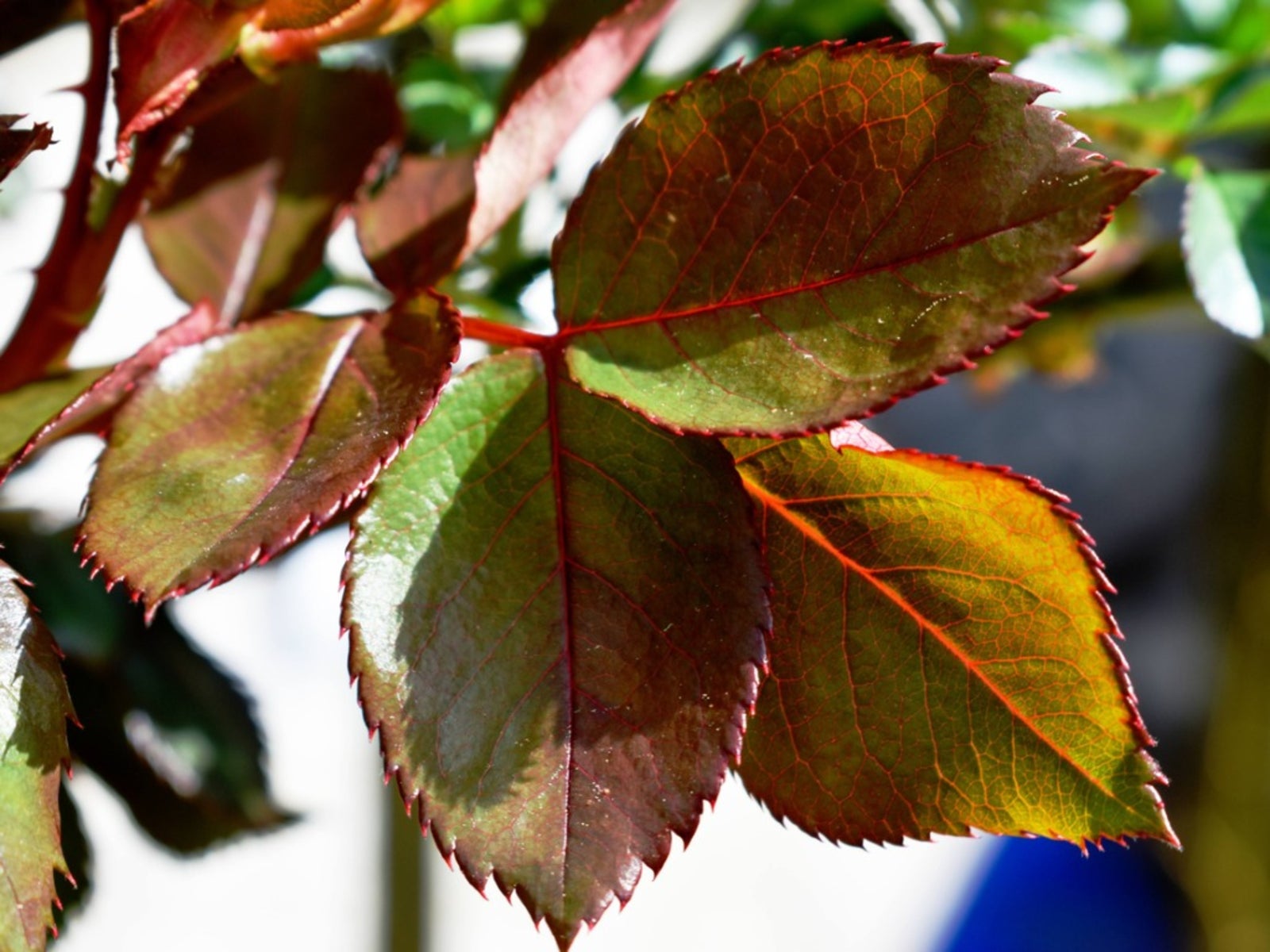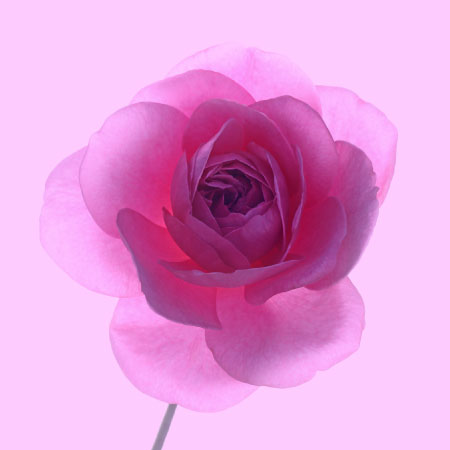Brown Edges On Roses: How To Treat Brown Edges On Rose Leaves


“My rose leaves are turning brown on edges. Why?” This is a commonly asked question. Brown edges on roses can be caused by fungal attacks, extreme heat conditions, insect attacks, or may actually be normal to the particular rosebush. Let's take a look at each possibility in this article so you can find out why your rose leaf edges turned brown and how to treat brown edges on rose leaves.
Fungal Issues and Brown Edges on Roses
Fungal attacks can cause the edges of rose leaves to turn brown but usually, the brown edges on roses are not the only sign of the attack. Most fungal attacks leave their mark on the overall leaf or leaves as well. Black Spot will leave black spots on the leaves usually followed by a yellowing of the leaf once it has a firm hold on the leaf or leaves. Anthracnose, Downy Mildew, Rust, and some rose viruses will also result in leaves going brown around the edges but also have other effects upon the leaves under attack. The best method for how to treat brown edges on rose leaves due to fungus is to not let the fungi get going in the first place. Maintaining a good fungicide spraying program will go a long way to keeping them at bay. In this case, an ounce of prevention is truly worth more than a pound of cure! I begin spraying my rosebushes when the leaf buds first form in the spring and then follow up sprayings at about three week intervals throughout the growing season. My personal preference is to use either Banner Maxx or Honor Guard for the first and last spraying of the season, all sprayings between those are with a product called Green Cure. The fungicides used have changed over the years as I see what works well and does the job with the least impact upon the environment. Buying disease-resistant rose bushes does help, just remember they are “disease-resistant” not disease-free. Given some favorable conditions, fungi and other diseases will cause disease-resistant rosebushes some problems too.
When Rose Leaf Edges Turns Brown from Extreme Heat
In times of extreme heat in the gardens and rose beds, the roses can have problems getting enough moisture to the far outer edges of rose leaves, as well as the outer edges of the petals on blooms, thus they get burned by the heat. The only thing we can really do is to keep the rosebushes watered well and make sure they are well hydrated over strings of hot days. There are some sprays on the market that can be used to help try and hold some moisture throughout the leaf, thus, protecting the edges. Keeping the rosebushes well watered is a must regardless of the use of the sprays. When I have strings of extremely hot days in my rose beds, I like to go out in the early evenings and rinse down all the rosebushes with my watering wand.
Insect Problems Lead to Leaves Going Brown Around the Edges
As with the fungal attacks upon the rosebush foliage, insect attacks will usually show signs of the attack throughout the leaf structure, and the brown or dark colored edges are just one of the signs of a problem. Spraying the rosebushes well with a good insecticide at the earliest stages of having noticed a problem is very important. It just takes longer to get things back under control if they have gotten way out of hand. Take time to look over your rosebushes and other plants well at least once a week as a minimum.
Normal Browning of Rose Leaves
Some rosebushes have leaves that turn a dark reddish brown at the edges once they have matured. This really makes for some great looking foliage on those rosebushes and is not a problem of any kind. The darkening edges are natural to the growth of the rosebush and may actually be something the rose breeder was trying to achieve. In my experience, the rosebushes that have this fine trait really look nice in the rose bed as it helps bring out the beauty of the overall bush when in full bloom. Now that you know the common causes for rose leaves turning brown, you can choose the one that best fits the reason that answers your question of: “Why my rose leaves are turning brown on edges?”
Gardening tips, videos, info and more delivered right to your inbox!
Sign up for the Gardening Know How newsletter today and receive a free copy of our e-book "How to Grow Delicious Tomatoes".

Stan V. Griep contributed to Gardening Know How for many years, and has been a Colorado Native Rosarian for over four decades. He is an American Rose Society Certified Consulting Master Rosarian in the Rocky Mountain District, and a member of the Denver Rose Society, the Loveland Rose Society, and the American Rose Society. He is Gardening Know How's in-house expert on all things roses.
-
 4 Superfast Composting Methods: Turn Waste Into Garden Gold In 30 Days Or Less
4 Superfast Composting Methods: Turn Waste Into Garden Gold In 30 Days Or LessTry the fastest composting methods to turbocharge your pile and transform kitchen scraps and garden waste into finished compost in just a few weeks.
By Mary Ellen Ellis
-
 Best Spider Plant Soil – Complete Soil Guide And Expert Tips For Keeping Plants Happy
Best Spider Plant Soil – Complete Soil Guide And Expert Tips For Keeping Plants HappySpider plants are fun and easy plants to grow, but what is the best soil for a spider plant? Selecting the right soil is important so they can thrive.
By Bonnie L. Grant